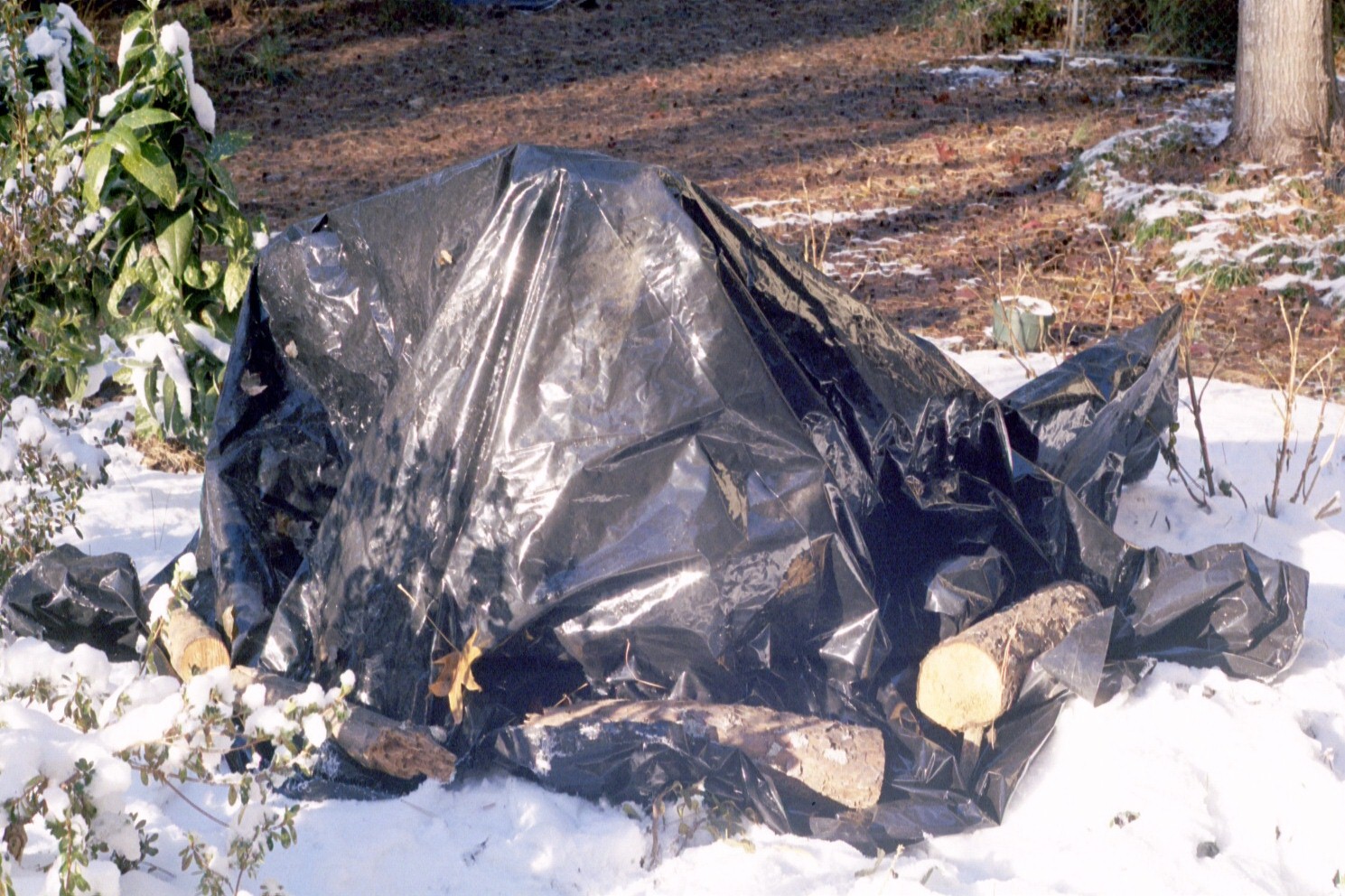Protecting Plants from Snow and Ice

Every family has a medicine chest where emergency medical supplies are kept. If you have children, they demand special supplies. Adhesive bandages, kid-strength pain reliever and medicated ointment are all part of the preparations for those accidental events of childhood. We gather the supplies beforehand because we know there won’t be time to go to the drugstore when the unexpected happens.
In much the same way, you can gather some emergency supplies for your plants right now in preparation for the wintry weather of January and February. There are three types of injury to expect; each requires slightly different first aid supplies.
COLD INJURY Most of our landscape plants are very hardy during the winter. Most deciduous trees and shrubs (the ones which lose their leaves) laugh at cold weather. They have methods of protecting their buds and stem tissue against even Arctic blasts.
Some plants, though, are known to be less cold-hardy. Gardenias, aucuba and lantana are likely to be hurt when temperatures dip below fifteen degrees. The best way to protect them is to cover the entire plant with a tent of plastic, anchoring the plastic to the ground on all sides. For this, you’ll need a roll of black sheet plastic, some wooden stakes taller than the shrub and some bricks or logs for anchors.
When the Siberian express threatens, drive the stakes on three sides of each plant, drape the plastic over the plant and use the bricks to seal the plastic to the ground around the plant. In my experience, black plastic is better than clear plastic because black plastic is less likely to overheat if you decide to leave the plastic in place for a couple of days. The black plastic surface will get hotter, but the temperature under it will stay cooler than if you’d covered with clear plastic.
ICE AND SNOW Nothing sends a shudder down a gardener’s back quicker than a prediction of freezing rain or snow. Many landscape plants can tolerate cold but they can’t sustain the weight of ice and snow on their branches. The heavy snow in March of 1993 pulled hundreds of pine trees to the ground and made Leyland cypresses look like peeled bananas all over Atlanta.
You can prevent damage by wrapping the needled evergreen plants with twine from top to bottom like a maypole before snow or ice accumulates. In an emergency, duct tape (sticky side out) can be used to truss up your plant. The wrapping can be left on the plant for weeks without harming the plant.
If you have a small tree with a natural lean, consider how you could use heavy rope to tie it to a larger tree nearby. Do you have padding for the rope where it circles the tree trunk?
DRYING WINDS Any plant that has leaves during the winter can suffer from drying winds. Evergreens that have been planted this fall can dry out like tissue paper since their root systems are still so small. You can make a wind screen for plants using wooden stakes and a large piece of cloth or plastic stapled to the stakes. The screen does not have to encircle the plant completely, but only break the force of the prevailing wind. Even with a screen, remember to water the plant regularly during the winter. This advice is appropriate for all evergreens after a few days of wind – they need extra water even if the temperatures are low.
AFTER A WINTER STORM Even if you don’t protect your plants and they suffer some damage, all is not lost. Drooping limbs can be propped up, fallen trees can sometimes be pulled upright. Dried out plants sometimes sprout back from their roots.
Many times, the best advice after a winter storm has wreaked havoc is to simply wait and see. Spring will come eventually and an evaluation of what should be done can be made then. Don’t be in a rush to prune or discard plants that show major damage. It is amazing what a plant can do to rejuvenate itself in only one growing season.

black plastic cold covering


















